Using Dynamic Lifter On Lawns
Yates Dynamic Lifter is an easy to use multi-purpose organic fertiliser that is popular with Australian home gardeners. Available from most garden centres and hardware stores, ...

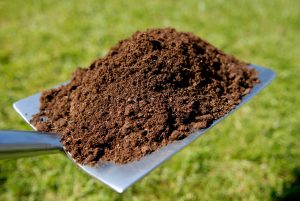 The goals of Organic Lawn Care are to:
The goals of Organic Lawn Care are to:
So here we present the basics of Organic Lawn Care.
These Organic Lawn Care basics are not cures to lawn problems, rather they are cultural management practices – which are the things you can do every day to keep your lawn in excellent health.
The ultimate aim of Organic Lawn Care is to provide your lawn with the greatest chance of both preventing, and naturally fighting off any problems, such as pests and diseases, with the least amount of intervention.
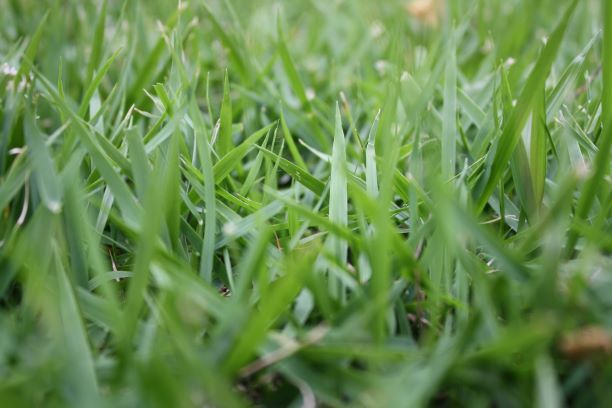 The amount of maintenance a lawn-type requires is vitally important.
The amount of maintenance a lawn-type requires is vitally important.
For example, Zoysia grass is a proven environmentally friendly lawn type, for its ability to naturally need less mowing, high pest and disease resistance, less prone to weeds, needing less water and only needing a fraction of the fertiliser compared to other lawns.
If Zoysia is not the right lawn for you or your region – then carefully research which other lawn types require less lawn mowing, have less thatch build-up, require less water, and have a greater resistance to weeds and disease.
Explore the Quick Lawn Selection Guide to help you make your variety choice.
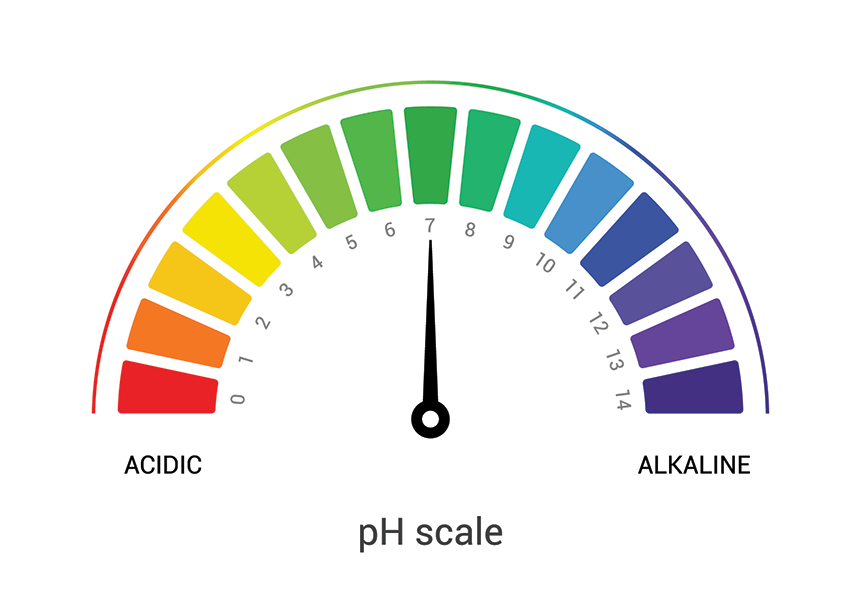 Soil pH represents the levels of acidity and alkalinity in the lawn’s soil.
Soil pH represents the levels of acidity and alkalinity in the lawn’s soil.
A pH value of over 7 indicates you have alkaline soil and your turf needs phosphorus (P) and potentially iron (Fe).
A pH level that falls below 7 indicates your soil is acidic and needs potassium (K) and potentially magnesium (Mg).
Adding a lime granular product to your lawn, such as Lime Granular Course Grand 2-4mm 25kg, also assists in restoring overly acidic soils and brings the pH back to optimal growing levels.
By understanding your soil quality and pH results, you’ll be able to choose the right fertiliser for your lawn according to the nutrients required.
Realistically, the closer you can get your soil to that magic 7 mark, the better the soil quality meaning a better plant and a better lawn to enjoy.
A soil pH test kit is inexpensive to buy, and the test only takes a few minutes to determine your soil’s pH levels.
Remedies to alter your lawn’s soil pH levels can be easily applied once the problem is identified, it could be as easy as just a lack of a certain nutrient – ask your Local Garden Centre for advice or a myhomeTURF specialist.
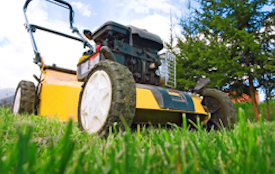 Mow lawns higher as this will reduce water usage, reduce infestations of weeds, pest and disease, and will help to create a deeper root system which is more drought-tolerant. For more information on mowing heights, please read our article Lawn Mowing Heights in Organic Lawn Care
Mow lawns higher as this will reduce water usage, reduce infestations of weeds, pest and disease, and will help to create a deeper root system which is more drought-tolerant. For more information on mowing heights, please read our article Lawn Mowing Heights in Organic Lawn Care
A very short lawn, and lawns which are masterpieces, are high in maintenance and require intensive lawn care practices to be kept in these unnatural conditions where they are often far too weak to defend themselves against weeds, pests and diseases.
Lawn clippings from mowing are an excellent source of high-quality nutrients that can be recycled back into the lawn to once again feed the turf naturally. For more information on this, please read our article Feed Your Lawn with Grass Clippings
Organic Lawn Care principles are about allowing people to enjoy the walk around their lawn and garden – this sometimes may only take a quick, 10-minutes.
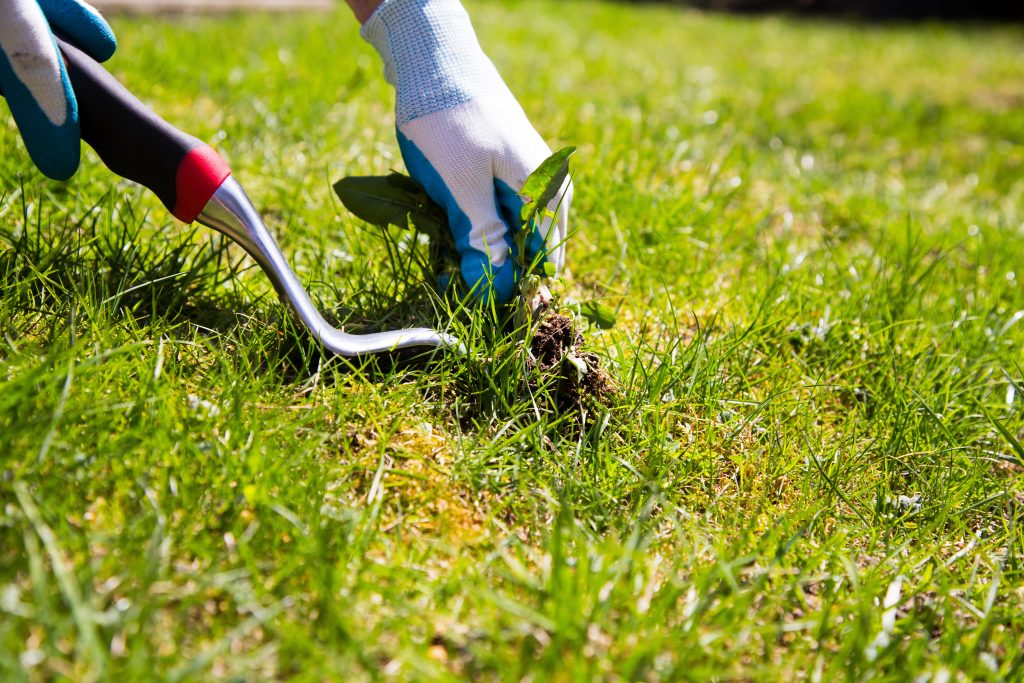 So, while you are out and about, look at pulling up a weed by hand when we see one, or pulling out a grass runner.
So, while you are out and about, look at pulling up a weed by hand when we see one, or pulling out a grass runner.
Always ensure the roots are completely pulled out, and if seed heads have been produced be sure to carefully remove them as well.
By doing this, you are maintaining your lawn with the tiniest of effort and without a second thought, and best of all there are no more big clean-ups.
The other great bonus of 10-minute lawn care is that by managing your lawn so easily and simply through removing little problems when they first occur, your lawn never gets out of control with weeds and other issues which may require chemical treatments to fix.
If you need to eliminate areas of concentrated weed growth, myhomeTURF has easy to make organic weed spray recipe in our article Organic Weed Control Methods for your Lawn
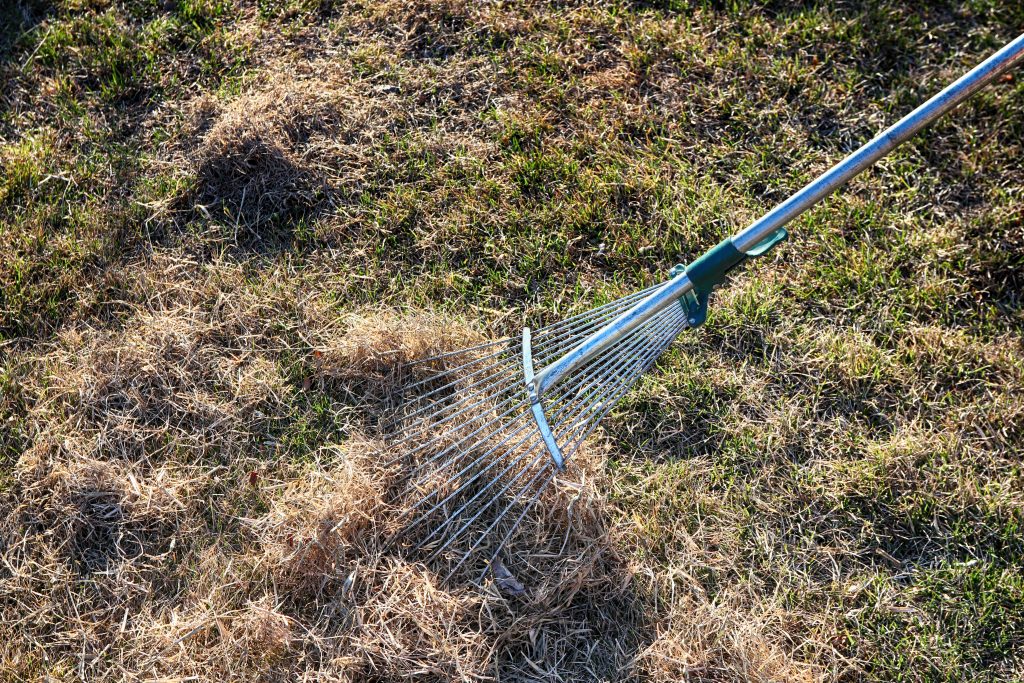 Thatch is important and natural to all lawns as it helps to protect the lawn from damage and shelters the soil from heat and water evaporation. However, too much thatch is a real problem.
Thatch is important and natural to all lawns as it helps to protect the lawn from damage and shelters the soil from heat and water evaporation. However, too much thatch is a real problem.
Excess thatch provides perfect breeding grounds for lawn disease and pests, as well as increasing mowing requirements and leading to poor lawn health and other problems.
Vigorous, spreading cool season grasses such as Kentucky Bluegrass, Bermudagrass and creeping Fescues, may need regular dethatching.
Lawn thatch can be controlled mildly with the Lawn Coring process, or most efficiently with Vertimowing, AKA Scarifying.
Or we can also cut the lawn down lower than normal once a year in the spring to help easily control thatch. De-thatch when it is required, and we’ll have a lawn with far fewer problems.
Regular de-thatching will eliminate the extra thatch layer which is often the perfect breeding ground for many lawn diseases. By eliminating thatch, we can greatly reduce lawn disease outbreaks.
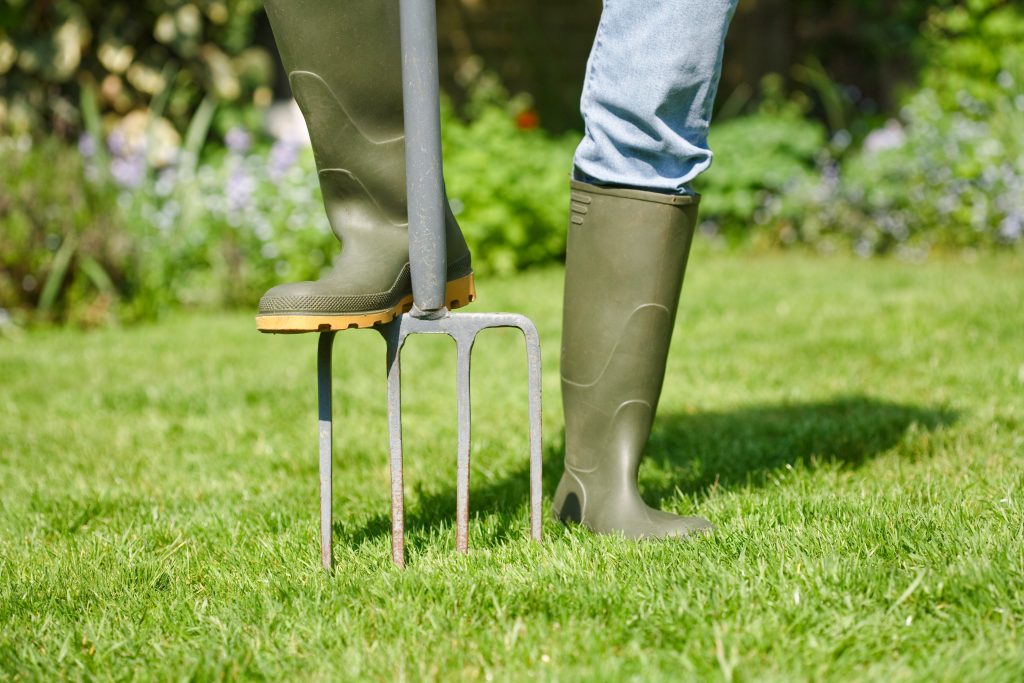
Lawn Aeration is the process of de-compacting the soil under a lawn, which in turn allows greater oxygen to reach the lawn roots, as well as allowing the free movement of water and nutrients, which are all essential to good lawn health.
Lawn aeration can be done either with Lawn Coring or using a garden fork to dig into and break up the lawn soil.
Lawn coring is by far the very best method. Coring removes thatch in its process as well as gaining the greatest possible result from aeration.
Be careful of any underground irrigation pipes when aerating your lawn.
After lawn coring, the lawn can be fertilised with organic matter, or clay breaking gypsum, such as Gypsum Granular Coarse Grade 2-4mm 25kg, which will then go directly into the soil via the open holes to improve soil health.
Lawn aeration and lawn coring in particular will also provide massive benefits in the reduction of many lawn diseases.
A ‘true’ organic lawn fertiliser is one that has been certified as 100% organic – so be sure to have that guaranteed on the label when purchasing.
The simplest way to check that it is 100% organic is by looking for the Australian Organic Certified logo on the bottle or pack.
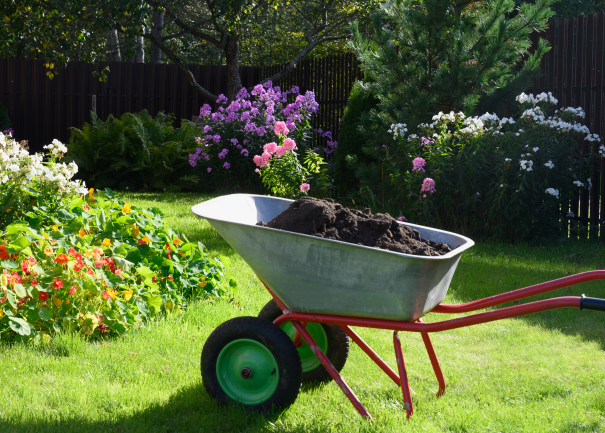 A recommended organic lawn fertiliser is a blend of both natural (organic) and synthetic (manufactured) fertiliser.
A recommended organic lawn fertiliser is a blend of both natural (organic) and synthetic (manufactured) fertiliser.
Therefore, the use of organic lawn food and soil improver combines the features of both a slow release fertiliser as well as natural ingredients such as seaweed, fish, manure and bio-stimulants.
Organic lawn care also tends to focus on continual soil improvement and ensuring soil health. Granular fertilisers such as Terralift TX Trace 3-6-2 20kg set a benchmark for organically derived nutrition and root-zone support.
Products, such as Terralift, focus very much on creating healthy soils which can provide all of the required plant nutrients (major and minor nutrients as well as required trace elements), buffer pH and toxic imbalances, and provide microorganisms that will ensure long term and permanent improvements to the soil. They do contain some inorganic fertilisers which help them to provide enough nitrogen to feed a heavy use lawn.
The best time to apply your organic lawn fertiliser in autumn is either late March or early April or during spring (when the ground has finally warmed-up). You can also make another application of organic lawn fertiliser during winter – preferably late June.
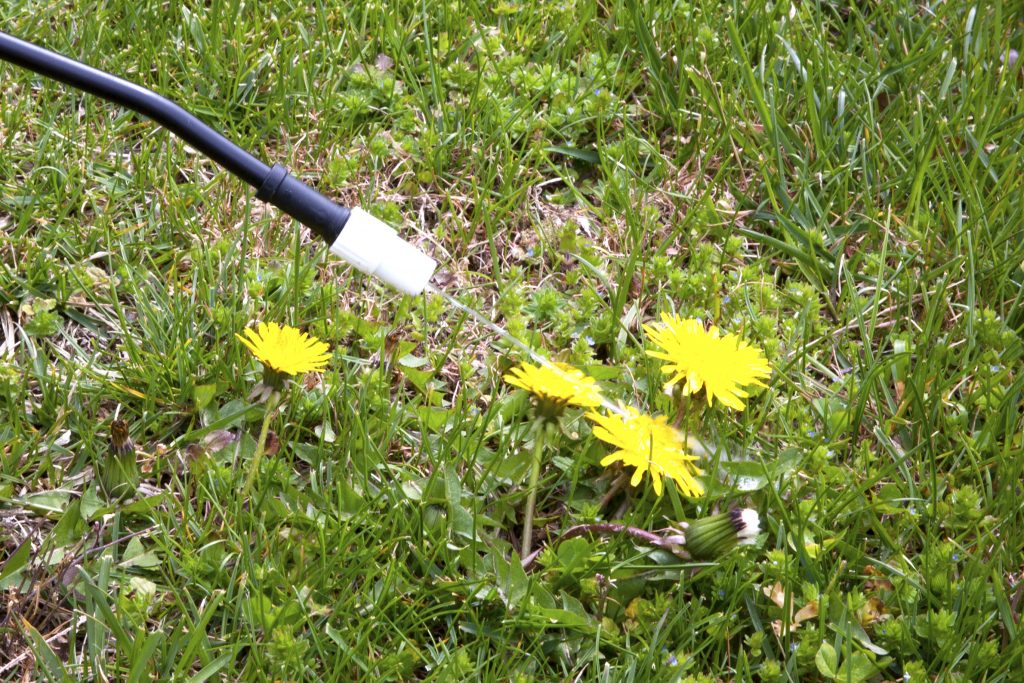
Instead of applying any type of weed control to the surface of our entire lawns, it’s always far better to only treat the individual weeds wherever possible.
If the weeds cannot be pulled out by hand, then spot treating only the weeds or smallest areas possible will not only save a lot of money on treatments but will put far less harmful substances into our lawns and environments.
Some of the organic methods to spot treat weeds is through using vinegar or hot water.
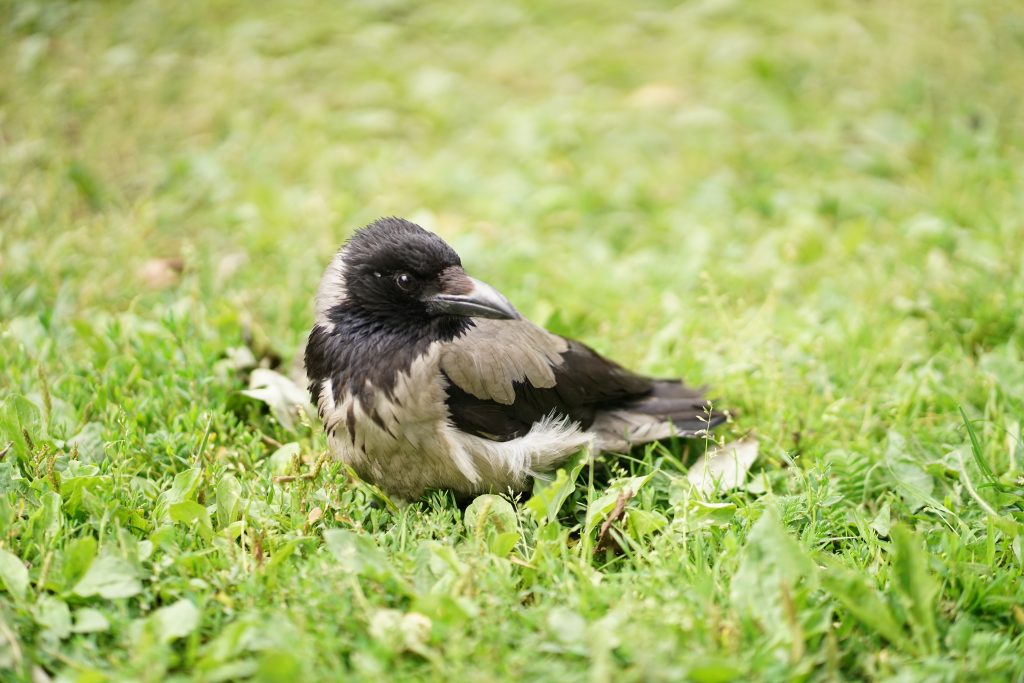 Invite birds into your yard with a readily available supply of fresh water and by planting trees and shrubs which are native to your region.
Invite birds into your yard with a readily available supply of fresh water and by planting trees and shrubs which are native to your region.
Ask at your local garden centre for the best advice on what plants, trees and shrubs are native to your specific region.
Birds not only bring the beauty of nature to our yards but will happily eat many lawn pests before they ever get a chance to become a problem.
Can be a nuisance in lawns as they increase in numbers however they can be controlled organically. See our Organic Ant Killer Recipe here
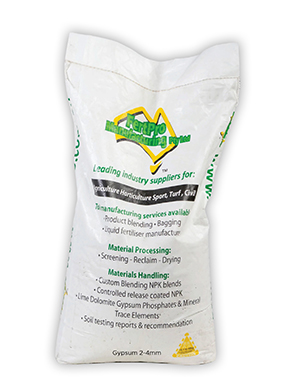
Granular Gypsum Coarse Grade 2-4mm 25kg is an efficient Soil Amendment that is used to correct soil calcium levels and assists in soil flocculation. Suitable for Zoysia, Kikuyu, Couch and Buffalo grasses. Always read the safety directions and instructions on the product label before use.
SHOP NOW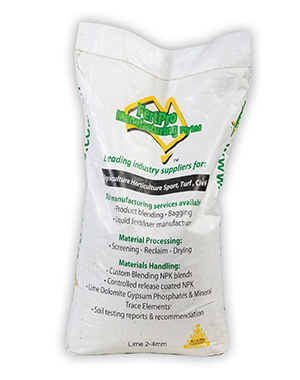
Lime Granular Coarse Grade 2-4mm 25kg is a Calcium Carbonate product that can be applied to soils deficient in Calcium or when the soil’s pH level is acidic. Suited for Zoysia, Kikuyu, Zoysia and Buffalo grasses. Always read the safety directions and instructions on the product label before use.
SHOP NOW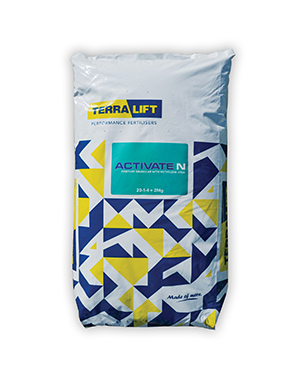
Terralift Activate N 18-1-4+2Mg 20kg is a granular fertiliser that offers excellent maintenance and renovation for a dense lawn sward. Safe for use on Zoysia, Kikuyu, Couch and Buffalo grasses. Always read the safety directions and instructions on the product label before use.
SHOP NOW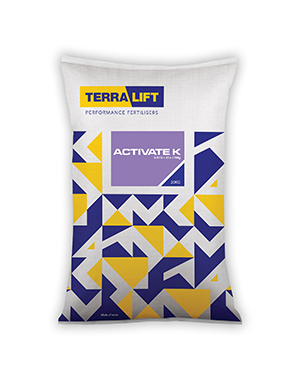
Terralift Activate K 8-0-16 20kg is a high potassium (K) granular fertiliser that promotes lawn strength and corrects soils deficient in K. Safe for use on Zoysia, Kikuyu, Couch and Buffalo grasses. Always read the safety directions and instructions on the product label before use.
SHOP NOW